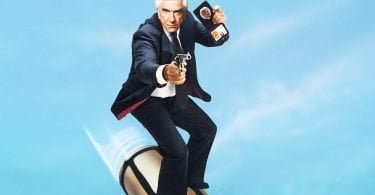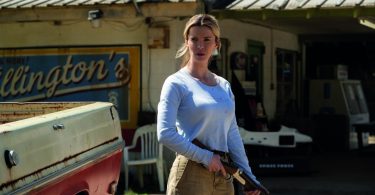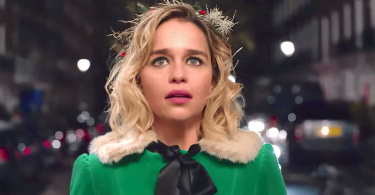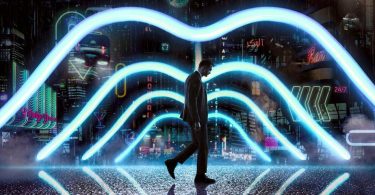The beginning of the 1930s saw the end of the silent era and the breakout of the talkie, and one of the first horror films to put the new medium to use was Universal Studio’s gothic-thriller
The beginning of the 1930s saw the end of the silent era and the breakout of the talkie, and one of the first horror films to put the new medium to use was Universal Studio’s gothic-thriller Dracula (1931)
Dracula follows the story of the titular character, a sophisticated and charming Transylvania count with a terrible secret, that he is a bloodsucking creature of the night.
Count Dracula (Bela Lugosi) invites real estate agent Renfield (Dwight Frye) to discuss leasing a property in London. The count takes Renfield under his spell and the two travel back to England, with Dracula looking to expand his hunting ground in the search for fresh human blood.
The whole film is pulled together around a foreboding performance from Hungarian actor Bela Lugosi. Lugosi steals every scene he is in with poise and class, with an odd rhythm of his speech and mannerisms that would set the pop-culture image of Dracula for years to come.
Looking back on the film, in some ways it almost seems clichéd , with its crumbling castles, foggy cemeteries, shots of the full moon, bats and howling wolves. While this type of thing is now looked upon as tired and conventional, at the time of release it was fresh and new, setting the tone for what was to follow.
Dracula served as the launching pad for entire era of horror history, spawning the period that became known as the Universal Studios Horror Cycle. In its wake we saw the most iconic iterations of all of the classic horror monsters, such as with Frankenstein (1931), The Mummy (1932) and The Wolf Man (1942) each with a parade of sequels and crossovers following in their wake.
The Universal Horror Cycle started the trend of horror franchise, something that has continued up to the present day and that is an unwelcome hangover from the era. It seems that every horror film that enjoys a modicum of commercial success just has to have a set of uninspired sequels and prequels trotted out to cash in on the name.
Dracula got the sequel treatment with Dracula’s Daughter (1936) and Son of Dracula (1943), with the character later also appearing in ‘monster mash’ films of the mid forties. However, Lugosi himself didn’t done the cape and fangs on screen again except from in horror-comedy Abbott and Costello Meet Frankenstein (1948), when the golden age of the classic monsters was winding down.
Off the success of Dracula, Lugosi was offered the role of Frankenstein’s monster. However, he turned the part down, citing that he was unhappy with the lack of dialogue and having to wear the pounds of make-up that the monster required.
His rejection handed the part to British actor Boris Karloff, who would go onto to become Universal’s first ballot horror star, while Lugosi would end up playing second fiddle and eventually spiralled into a world of B-movies and drug addiction.
Lugosi succumbed to his addictions and passed away in 1956, and was buried in his Dracula cape at the request of his family, forever immortalising him in the role.
As with many of these older horror film, by modern standards they are not considered frightening, but Dracula was an instant classic and still holds up as a truly fantastic piece of cinema. Lugosi steals the show and leaves us with the best Dracula film ever made.
Make sure to check in tomorrow as we explore the forties, the decade of the monster mash.








